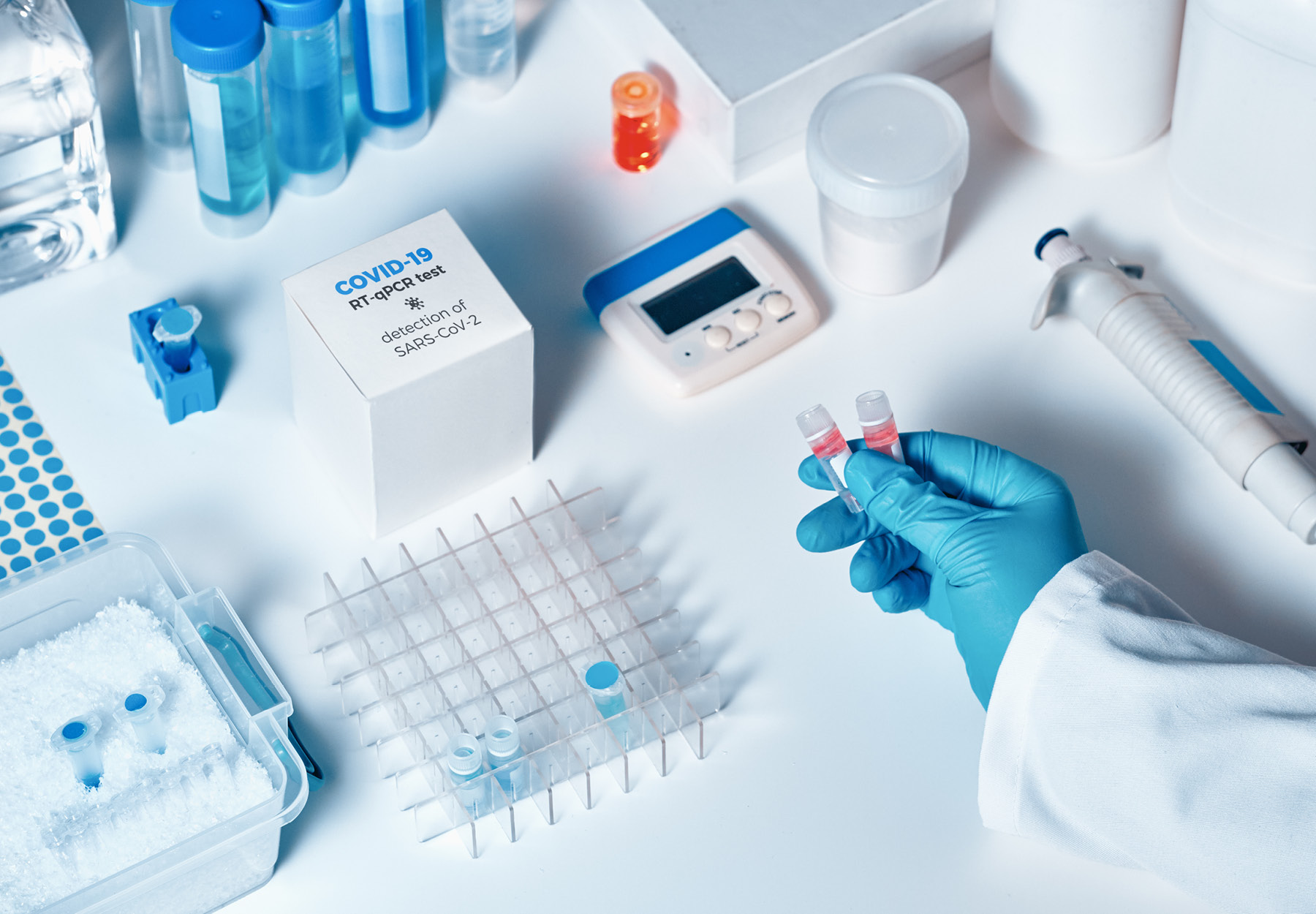What COVID-19 Labs Must Do to Prosper in a Post-Pandemic World
With COVID-19 testing demand all but dried up, labs will have to make—or at least contemplate making—significant changes to their business.

For those in the business of clinical lab testing, the COVID-19 pandemic was the best of times and the worst of times. While shut-ins and massive declines in all forms of non-COVID-related testing drove many labs out of business, it also caused new labs to sprout up. Labs in the COVID space had it made, with historic demand for testing and payor reimbursement guaranteed by federal law, namely, the Coronavirus Aid, Relief, and Economic Security (CARES) Act of 2020. In these conditions, lab company revenues and profits soared to new highs.
The only problem with the COVID best of times was that everybody knew they were unsustainable. Now reality has returned with a painful thud. Demand for COVID-19 testing has all but dried up. FDA Emergency Use Authorization (EUA) for new COVID tests and sample collection devices is winding down.1 Free tests from the government and suspension of copays and deductibles by private payors is coming to an end, leaving consumers having to pay for COVID tests out of their own pockets. Rampant inflation, shrinking reimbursements, and shortages in supplies, nursing, and trained technical staff won’t make things any easier.
To survive and prosper in this post-pandemic world, labs will have to make—or at least contemplate making—significant changes to their business. G2 Intelligence advisor Edward Dooling, the CEO and co-founder of Vanguard Healthcare Staffing and laboratory business expert, outlined a basic strategy that labs can implement as they pivot to the realities of doing business after COVID-19. Here’s a briefing on some of the key elements of that strategy.
Expanding Your Testing Menu
One of the first places to look for potential sources of strategic change is your lab’s current testing menu. You may want to start with molecular testing, which COVID-19 launched into the stratosphere. During the pandemic, many labs made the strategic decision to invest in platforms and equipment to provide PCR testing for COVID-19. The good news is that those assets can be redeployed, without additional capital investment, to perform a wide range of other kinds of PCR tests, including panels for respiratory and urinary tract infections (UTI), sexually transmitted infections (STIs), and gastrointestinal pathogens.
These factors are also likely to incentivize test makers to develop new assays for PCR platforms. Adding to the appeal of PCR testing are the massive technological improvements in rapid and point-of-care testing made during the pandemic. Molecular tests used to require 24 to 48 hours of turnaround time. But in response to COVID-19 demands, manufacturers developed rapid moderately complex testing platforms providing turnaround of one to three hours.2 This progress will probably continue now that the pandemic is over.
In addition, Dooling suggests that many labs are basing their post-pandemic pivot strategy on the acquisition of next generation sequencing (NGS) platforms. Such technology enables the lab to expand the complexity of its test offerings, including performance of tests for:
- SARS-CoV-2 variant analysis and surveillance
- Panels for Parkinson’s, Alzheimer’s, dementia, and other neurological disorders
- Hereditary/germline cancer genomics, such as BRCA 1/2, breast, ovarian, prostate, pancreatic, colon, melanoma, and other cancers
- Somatic cancer genomics, i.e., solid tumors, cell-free liquid biopsy, hematology-oncology, and myeloid immuno-oncology
- Reproductive health (all-in-one preimplantation genetic testing [PGT] for aneuploidy [-A], monogenic disorders [-M], and structural rearrangements [-SR])
- Expanded carrier screening
Expanding Your Market Access
While the CARES Act obligation of private insurers to reimburse labs for COVID-19 tests without cost sharing was in effect, it didn’t matter whether a COVID test lab was part of the payor’s network. In essence, all labs were in-network. However, genuine in-network status will matter a lot for COVID labs once the CARES Act ends. Payors have been facing growing scrutiny over the practice of paying out-of-network labs for testing services, according to Dooling. “Clinicians have been receiving intimidating letters from health plans if they do not utilize an in-network laboratory,” he says.
Accordingly, COVID labs might want to seriously consider formulating a market access strategy to secure in-network status with the right payors in their market. A staffing firm can help your lab recruit, hire, or contract with a market access professional or expert who has the right contacts in your market. Marketing access will also require you to come up with a strategy for pricing and reimbursement for each one of your tests, as well as for negotiating contracts with payors.
Takeaway: Concentrate on the Customer
To succeed in the post-pandemic era, labs will have to be able to define, articulate, and deliver a potent value proposition, one that differentiates them from competing labs. That value proposition should be based on a combination of test offerings and the capacity to deliver top quality diagnostic information and customer service.
While each lab will have a slightly different value proposition based on its resources, market, and strategy, commitment to customer service will be the common denominator—or at least it should be. At the end of the day, no factor will have more of an impact on a lab’s success or failure than its capacity to deliver fantastic and timely service and a positive customer experience to all its patients, starting with processing and extending to and through billing and collection. While the proposition that customer service is everything may be as old as business itself, it will carry an even greater truth in a post-pandemic world.
References:
Subscribe to view Essential
Start a Free Trial for immediate access to this article